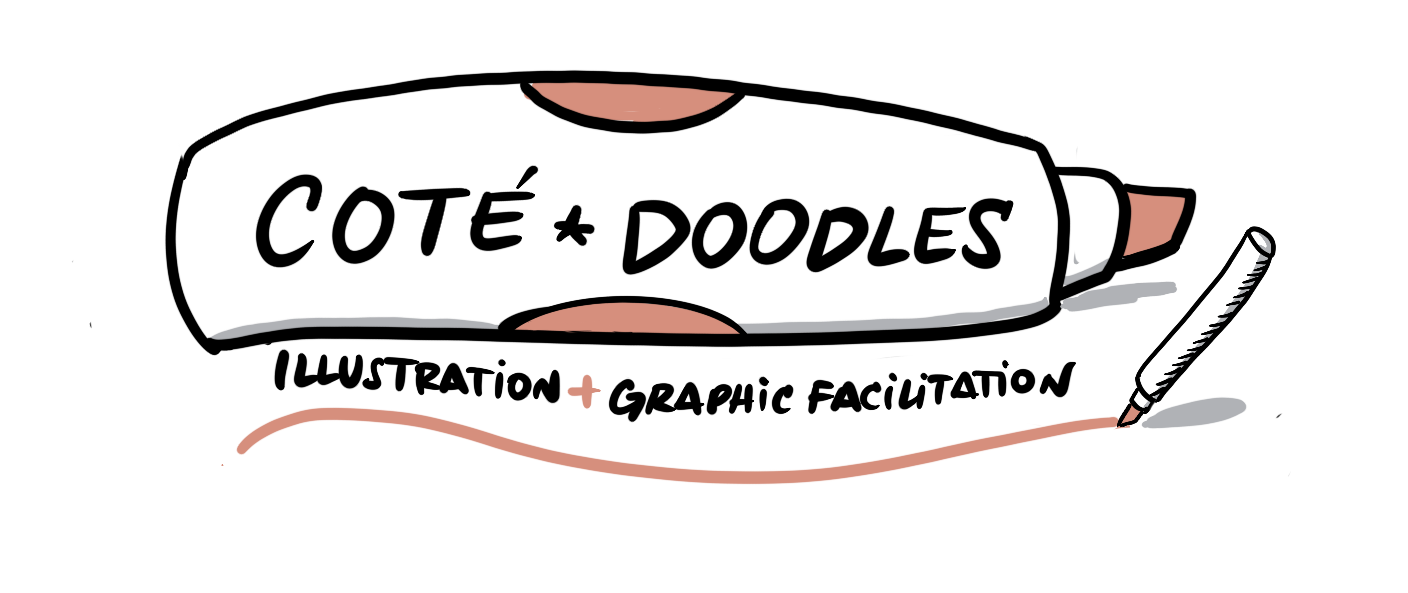Connecting People Back to the Land through Placemaking
The Duwamish Tribe acquired the parcels in their ancestral land next to their Longhouse, located in an industrial area, with a view to activate them as part of a campaign to gain public support for federal recognition. These parcels were underutilized, which created the following challenges:
The Longhouse is the only reason for people to come to the area, which is not enough to attract visitors.
Opportunity loss:
The tribe is missing out on tourism and recreational dollars.
Untapped capacity for more visitors to the longhouse.
Untapped capacity for more visibility to the Seattle community at large.
Role: Design Consultant
We proposed to use the tools of placemaking to create spaces that would allow the Duwamish to recruit more supporters by telling their story through customer experience.
We took a design thinking approach to bridge the goals of the Duwamish with the needs and aspirations of Seattle residents. At the beginning, the tribe reached out because they wanted to create a drive thru coffeeshop. We engaged them in the process to define the actual problem and think of an adequate strategy to address it. We asked several questions and arrived at the need to activate the parcels using the tools of placemaking.
Through our research we found that while the Duwamish had support from the community at large and that there was an opportunity to communicate their message through customer experience. The main obstacle they faced was the fact that the longhouse was isolated due to its location in an industrial area. People might want to visit, but they didn’t have enough reasons to do so. The answer was to use the tools of placemaking to make the location attractive for community members to visit often.
How might we activate the land and tell the Duwamish Tribe’s story through Place-making?
The design process helped the Duwamish see potential in the land beyond what they had originally envisioned.
The format of design thinking helped leadership engage their tribe members. Whereas written reports remained unread, the visual nature of the exploration made it easier for members to come onboard and to be excited to embrace the vision.









